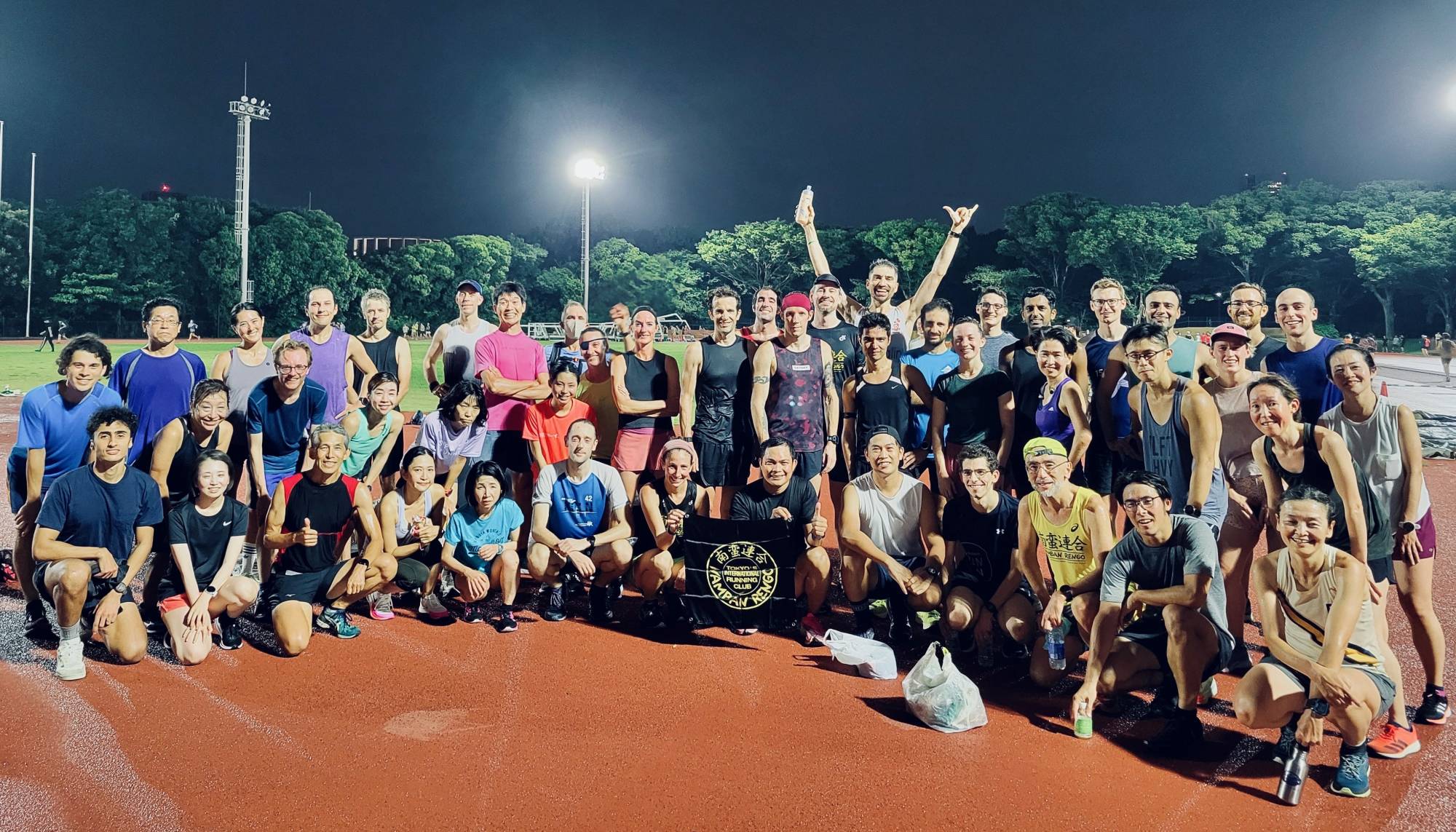Japan has long been a land of runners. In the immediate postwar era, long-distance athletes were a celebrated fraternity, exemplifying the grind and discipline of a nation working to regain its former standing in a destabilized world.
Fast-forward to the 21st century, and the Tokyo Marathon, inaugurated in 2007, is one of the largest worldwide, while in 2018, the Association of Road Racing Statisticians noted that Japanese runners had completed more marathons than those of any other nationality since 2015.
Japan’s fondness for running hasn’t always been self-evident. The pandemic-enforced running boom, however, resulted in a dusting off of the exercise gear as hitting the asphalt became one of the only outlets for escape during pseudo-lockdowns and work-from-home requests.


















With your current subscription plan you can comment on stories. However, before writing your first comment, please create a display name in the Profile section of your subscriber account page.